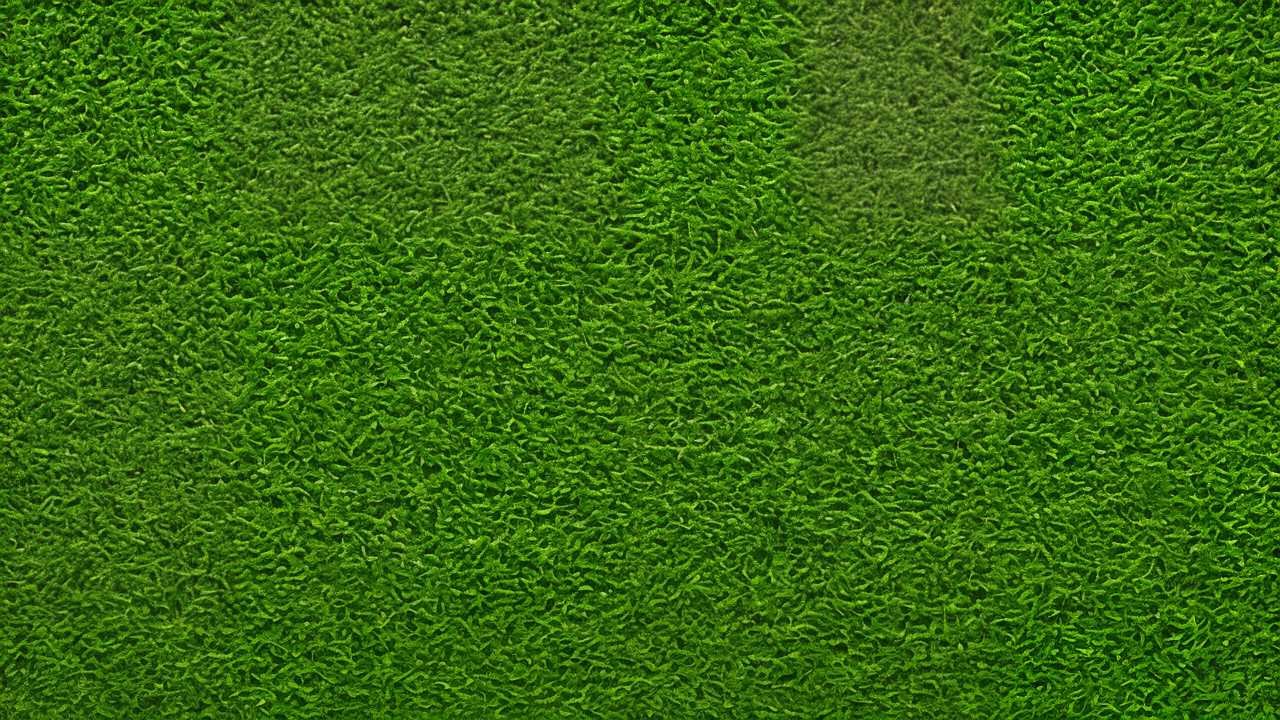
Understanding the Basics of Lawn Care
Maintaining a lush, vibrant lawn requires a combination of proper mowing, watering, fertilizing, and pest control. By understanding the basics of lawn care, you can ensure that your grass stays healthy and green throughout the growing season. Turf management is key to achieving a beautiful yard that you can be proud of.
To start, it's important to know your grass type. Different types of grass have different requirements for sunlight, water, and nutrients. Cool-season grasses, such as bluegrass and fescue, thrive in cooler temperatures and require more water than warm-season grasses like Bermuda and zoysia. Knowing your grass type will help you tailor your yard upkeep to its specific needs.
Mowing for a Healthy Lawn
Proper mowing is essential for maintaining a healthy lawn. Mow your grass to the recommended height for your grass type, typically between 1 and 4 inches. Avoid cutting more than one-third of the grass blade at a time, as this can stress the grass and make it more susceptible to disease and pests. Keep your mower blades sharp to ensure a clean cut and minimize damage to the grass.
Mowing frequency also plays a role in grass maintenance. During the peak growing season, you may need to mow your lawn once or twice a week to keep it at the desired height. In cooler months or during periods of drought, you can reduce the frequency of mowing to avoid stressing the grass.
Watering for a Lush Landscape
Adequate water is crucial for maintaining a lush landscape. Most lawns require about 1 inch of water per week, either from rainfall or irrigation. Water your lawn deeply and infrequently to encourage deep root growth, which makes your grass more resilient to drought and stress.
The best time to water your lawn is early in the morning, as this allows the grass to absorb the water before the heat of the day evaporates it. Avoid watering in the evening, as this can leave the grass wet overnight and increase the risk of fungal diseases.
Fertilizing for Vibrant Greenery
Fertilizing your lawn provides the nutrients it needs to grow strong and maintain its vibrant greenery. The three primary nutrients in fertilizer are nitrogen (N), phosphorus (P), and potassium (K). Nitrogen promotes leaf growth, phosphorus encourages root development, and potassium helps with overall plant health and disease resistance.
Choose a fertilizer formulated for your grass type and apply it according to the manufacturer's instructions. Avoid over-fertilizing, as this can lead to excessive growth and make your lawn more susceptible to disease and pests.
Controlling Weeds and Pests
Weeds and pests can quickly take over a lawn if left unchecked. The best defense against weeds is a thick, healthy lawn that can outcompete them for resources. If weeds do appear, remove them by hand or use a targeted herbicide that won't harm your grass.
Insects and diseases can also damage your lawn. Regular inspections can help you catch problems early before they spread. If you notice signs of pest damage, such as brown patches or wilting grass, identify the cause and take appropriate action. This may involve using an insecticide or fungicide, or adjusting your lawn care practices to create a less favorable environment for pests.
Maintaining Your Lawn Year-Round
Lawn care is a year-round task, with different maintenance requirements for each season. In the spring, focus on cleaning up debris, dethatching, and preparing your lawn for the growing season. Summer is the time for regular mowing, watering, and pest control. In the fall, overseed to fill in bare spots and fertilize to help your lawn recover from the stresses of summer. Winter is a time for minimal maintenance, but you should still keep your lawn free of debris and avoid walking on it when it's frozen or covered in frost.
By following these lawn care tips and staying committed to regular turf management, you can achieve a lush landscape with vibrant greenery that will be the envy of your neighborhood. Remember, a healthy lawn not only looks great but also provides numerous environmental benefits, such as reducing soil erosion, filtering pollutants, and cooling the air around your home. With proper yard upkeep and a little patience, you can create an outdoor space that you and your family will enjoy for years to come.


